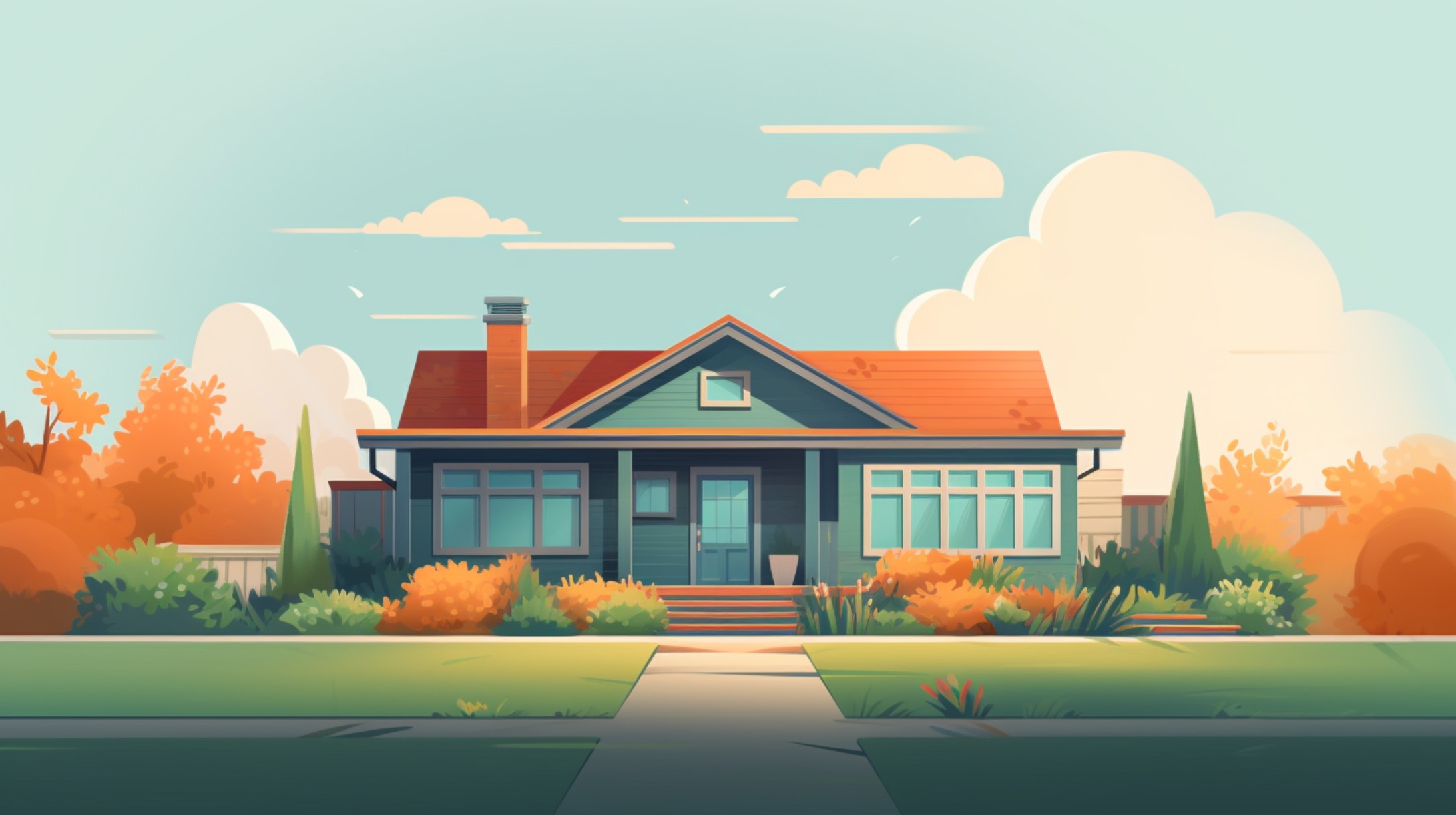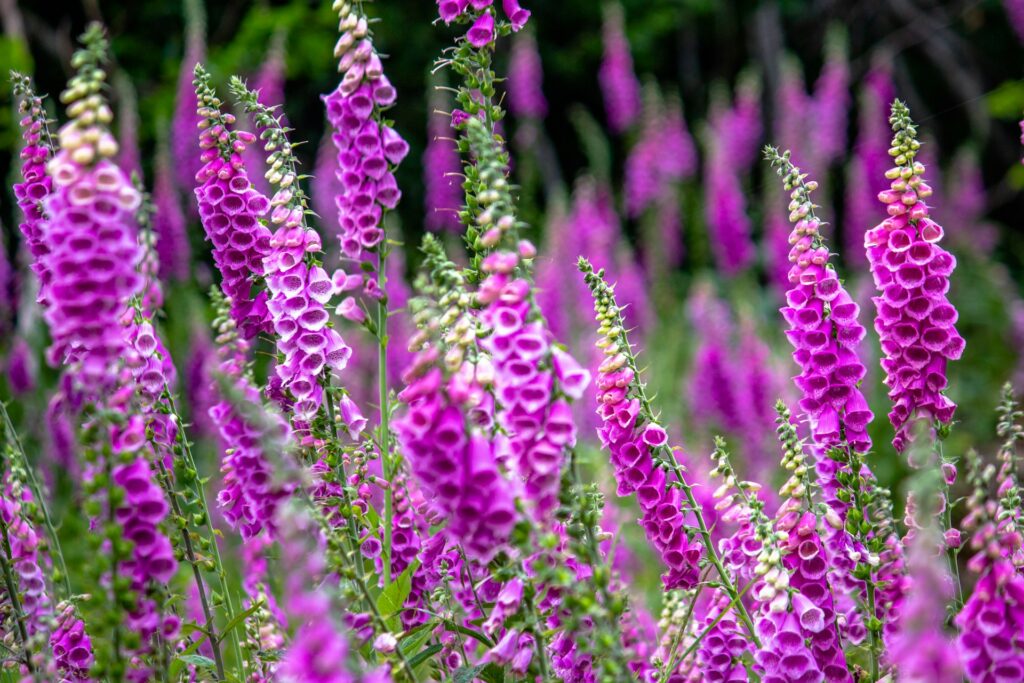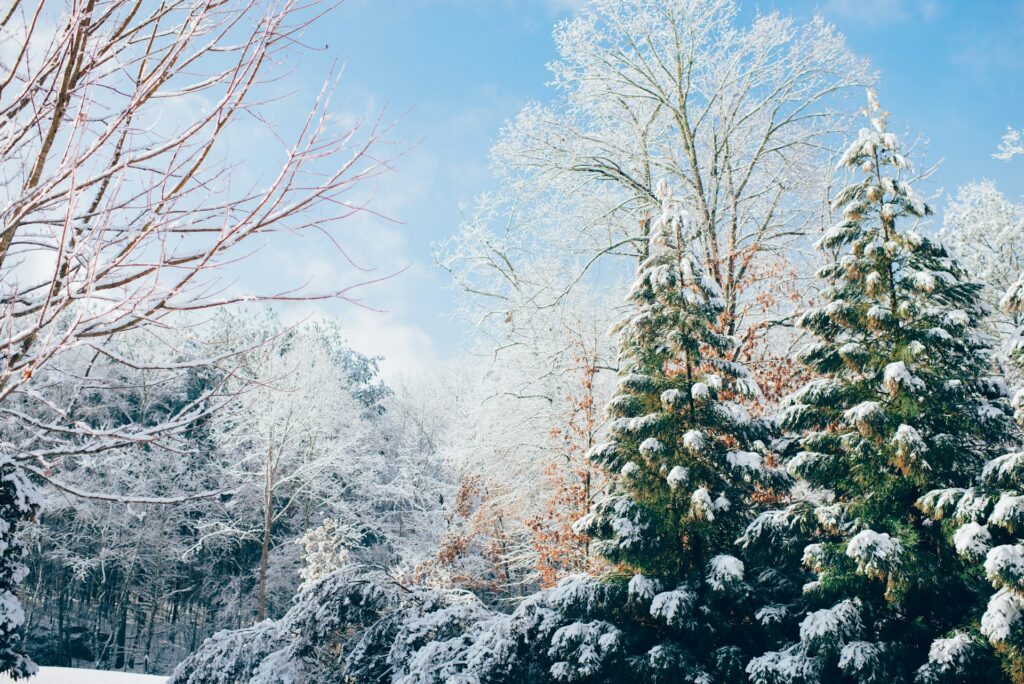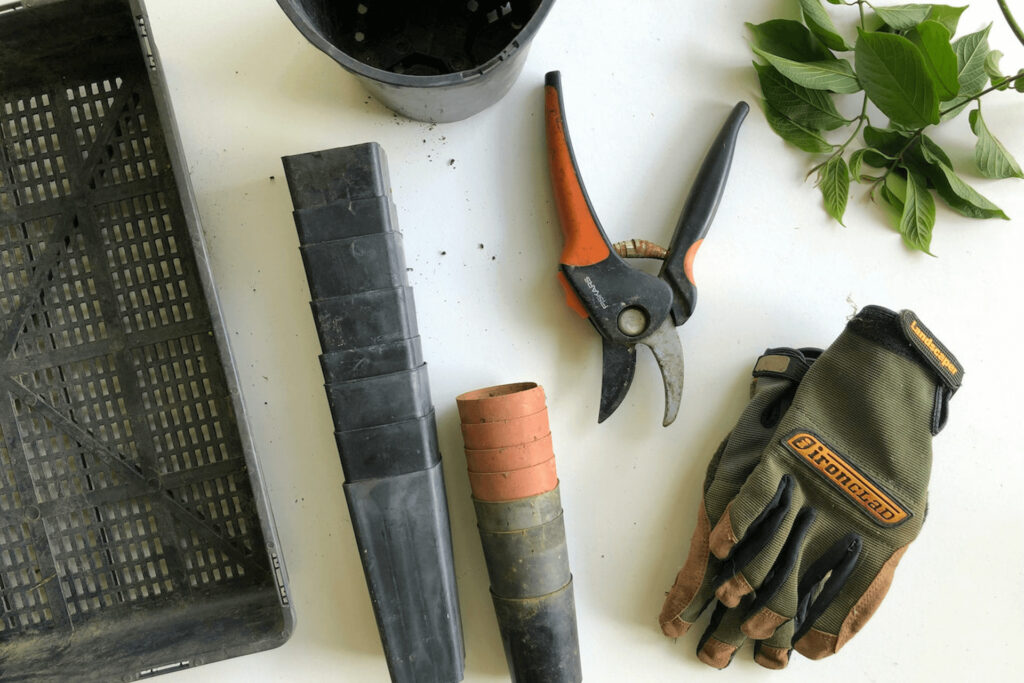
We are reader-supported. When you buy through links on our site, we may earn an affiliate commission.
How to choose the best grass for your yard? Selecting the suitable grass for your yard is crucial for several reasons. The type of grass you select significantly influences your lawn’s overall health and appearance.
Importance of Selecting the Right Grass For Your Yard
The importance of selecting the suitable grass for your yard lies in creating a resilient, visually pleasing and environmentally conscious outdoor space that suits your preferences and your local environment’s unique characteristics. Here are vital reasons highlighting the importance of this decision:
- Climate adaptation: Different grass species thrive in specific climates. Selecting a grass variety suited to your region’s temperature, rainfall and sunlight levels ensures your lawn remains green and healthy throughout the year.
- Aesthetic appeal: The suitable grass enhances the visual appeal of your yard. Whether you prefer a lush, carpet-like lawn or a more resilient and practical option, choosing the appropriate grass type contributes to the overall aesthetic of your outdoor space.
- Maintenance requirements: Each grass type has its own maintenance needs, including mowing height, watering frequency and fertilization requirements. Choosing a grass variety that aligns with your preferred level of maintenance variety that aligns with your preferred level of maintenance commitment is essential for the long-term care of your lawn.
- Disease resistance: Certain grasses are more resistant to common diseases and pests in specific regions. Insufficient soil moisture can lead to plants losing their biological functions and becoming more vulnerable to diseases and pests. Choosing a grass variety with natural resistance to local issues can reduce the need for chemical interventions and promote a healthier, more sustainable lawn.
Factors Influencing the Choice of Grass
Several factors influence the choice of grass for your lawn, each playing a crucial role in determining the success and appearance of your outdoor space. Here are key factors to consider:
- Sunlight exposure: The amount of sunlight your yard receives is crucial. Some grasses require full sun, while others are more shade-tolerant. Understanding the sunlight patterns in your yard helps determine the appropriate grass type.
- Soil type: Grasses have specific soil preferences. Whether your soil is sandy, clayey or loamy, selecting a grass variety that thrives in your soil type ensures optimal growth and nutrient absorption.
- Water availability: Consider the water availability in your area. Drought-tolerant grasses are suitable for regions with water restrictions, while others may require more consistent watering.
Understanding Your Climate
Understanding your climate is pivotal when choosing the right grass for your yard. Your region’s climate significantly influences the type of grass that will thrive. Here’s a breakdown of key considerations:
Warm-Season Grasses
Warm-season grasses are well-suited for regions with hot summers and mild winters. They thrive in temperatures ranging from 80-95 °F (27-35°C). Characteristics of warm-season grasses include excellent heat tolerance and drought resistance.
These grasses typically benefit from lower mowing heights (1-2 inches). Mow regularly to maintain an even and manicured appearance.
Here are some popular grasses that flourish during the growing season, providing a lush and vibrant lawn:
- Bermuda grass (Cynodon dactylon): Known for its fine texture and heat tolerance, Bermuda grass is popular in warm climates. It establishes a dense, durable turf and goes dormant in winter.
- Zoysia grass (Zoysia spp): Zoysia grass is valued for its lush, green appearance, heat resistance and tolerance for moderate shade. It forms a dense, carpet-like lawn.
- St. Augustine grass (Stenotaphrum secundatum): St. Augustine grass thrives in warm, coastal regions. It has a broad, coarse texture and is known for its salt tolerance and vibrant green color.
Cool-Season Grasses
Cool-season grasses are ideal for areas with cold winters and moderate summers. They flourish between 60-75 °F (15-24°C).
These grasses maintain greenness in cooler conditions and exhibit cold tolerance. They offer a rich green color and thrive in spring and fall, going dormant in hot summer months.
They are often mowed at higher heights (2.5 – 4 inches) to promote root development and shade out weeds. Here are some common cool-season varieties:
- Kentucky Bluegrass (Poa pratensis): Kentucky bluegrass is a popular cool-season grass known for its rich green color and fine texture. It performs well in cooler temperatures and is often used in northern regions.
- Fescue grasses (Festuca spp.): Fine, tall, and creeping red fescues are examples. These cool-season grasses are adaptable and suitable for various conditions, offering different textures and shades of green.
- Ryegrass (Lolium spp.): Perennial ryegrass and annual ryegrass are commonly used-cool season grasses. They germinate quickly, providing fast establishment and a lush appearance.
Transitional Zone Considerations
The transitional zone poses a unique challenge, experiencing both warm and cool climate characteristics. This zone typically lies between the regions suitable for warm-season and cool-season grasses.
Grasses that thrive in transitional ones, such as fine fescues and specific blends of Kentucky bluegrass, require careful consideration. Managing lawns in transitional zones involves addressing the challenges of fluctuating temperatures and adapting maintenance practices accordingly.
Sun Requirements For Different Grass Types
Warm-season grasses like Bermuda grass and Zoysia thrive in full sunlight, requiring at least 6-8 hours of direct sunlight daily. They exhibit optimal growth and lushness in these conditions.
Some grasses, such as Kentucky bluegrass and fine fescues, can tolerate moderate shade. They perform well with 4-6 hours of sunlight and are suitable for yards with varying sun.
Certain cool-season grasses, like creeping red fescue and certain varieties of St. Augustine grass, are well-adapted to shaded areas, making them ideal for yards with limited direct sunlight.
Watering Requirements
Encourage deep root growth by watering less frequently but with a sufficient amount. This promotes drought resistance and overall lawn health.
Watering in the morning reduces water loss due to evaporation and allows the grass to absorb moisture before the day’s heat.
Utilize technology like smart irrigation controllers to adjust watering schedules based on weather conditions, preventing overwatering.
Applying a layer of mulch around plants and trees helps retain soil moisture, reducing the need for excessive watering. It also acts as a barrier against weed growth, lessening the reliance on pesticides.
Drought-Tolerant Grass Varieties
- Buffalo grass (Buchloe dactyloides): Known for its exceptional drought tolerance, Buffalo grass requires minimal watering and is well-suited for arid regions.
- Tall Fescue (Festuca arundinacea): Some varieties of tall fescue exhibit good drought resistance, making them suitable for areas with inconsistent water availability.
Fertilization and Aeration Needs
- Fertilization: Warm-season grasses often require fertilization during their active growth period, while cool-season grasses benefit from fall fertilization to encourage root growth.
- Aeration: Both warm and cool-season grasses benefit from aeration as it alleviates soil compaction and promotes better water and nutrient absorption. Aerate annually or as needed.
- Overseeding: Overseeding in the fall for cool-season lawns helps maintain a lush appearance during winter.
How to Choose the Best Grass For Your Yard
So, how to choose the best grass for your yard? Picking the perfect grass for your lawn is key to having a lush and healthy outdoor space.
Grass choice is a blend of what works for your yard, your preferences and what keeps things green and sustainable. Ultimately, thoughtful decisions make for a lawn that looks good and stands the test of time.










